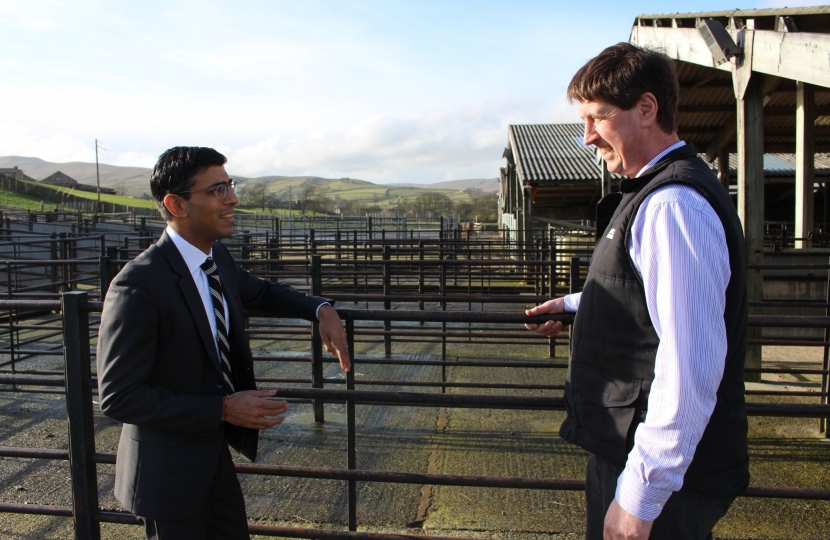
IN recent weeks I’ve spent a lot of time looking at the issue of business rates and how changes in the system will affect rural enterprises.
As part of my investigations, I called in at Hawes Auction Mart to speak to chairman Andrew Pratt about the big increases it and other marts face under the 2017 revaluation of rates.
There wasn’t a sale on and the pens and yards were eerily quiet – in stark contrast to the days in the autumn when the Swaledale and Mule breed sales find the mart and the town absolutely heaving with serious sheep folk looking to buy the finest hill stock in the UK, filling the hotels, pubs and B&Bs in upper Wensleydale to bursting.
Andrew was good enough to show me details of the mart’s trading in recent years and how the increase in business rates could threaten its viability.
Firstly, the projected increase at Hawes is not as bad as first thought. Hawes mart’s rates will not rise by 600 per cent as initially reported. That figure was based upon a rateable value for the Hawes business which the Valuation Office Agency – which sets rateable values – admits was wrong.
But the revised valuation, which is likely to be half the original number, is still a huge increase. In five years’ time, under the current projections, Hawes could be paying around 250 per cent more than it did last year.
The marts at Leyburn and Northallerton are also facing steep increases of around 90 per cent and 145 per cent respectively and like some other rural businesses such as equestrian centres seem to be bearing a disproportionate burden.
Why is this? The answer lies in the way business rates are calculated and the current revaluation, a process which takes place about every five years or so.
Every business property has a rateable value rather like residential properties did before the introduction of council tax. That value is determined by the Valuation Office Agency’s estimate of what the property’s annual rental value would be and the actual rates paid is a percentage of that figure. Typically it is between 45 and 50 per cent of the rateable value.
I know, it’s complicated. And in the case of auction marts it is made even more difficult by the Valuation Office Agency using mart turnover to calculate rateable value rather than solely basing it on an estimate of what the annual rent on a mart site would be.
The fact that the last revaluation was carried in 2008, at the tail end of the foot-and-mouth crisis when mart sale volumes were depressed and resulted in lower rateable values, helps to explain in part the big increase now.
Having raised this matter in the House of Commons, highlighting the threat to these critically important rural business hubs, I have written to the Government suggesting it looks again at the method of calculating auction marts’ business rates.
I think it would be better to use marts’ actual profitability rather than just volume of sales as the basis for the calculation. The key to this is the bottom line. While the marts’ sales have definitely increased since 2008, their profits haven’t.
